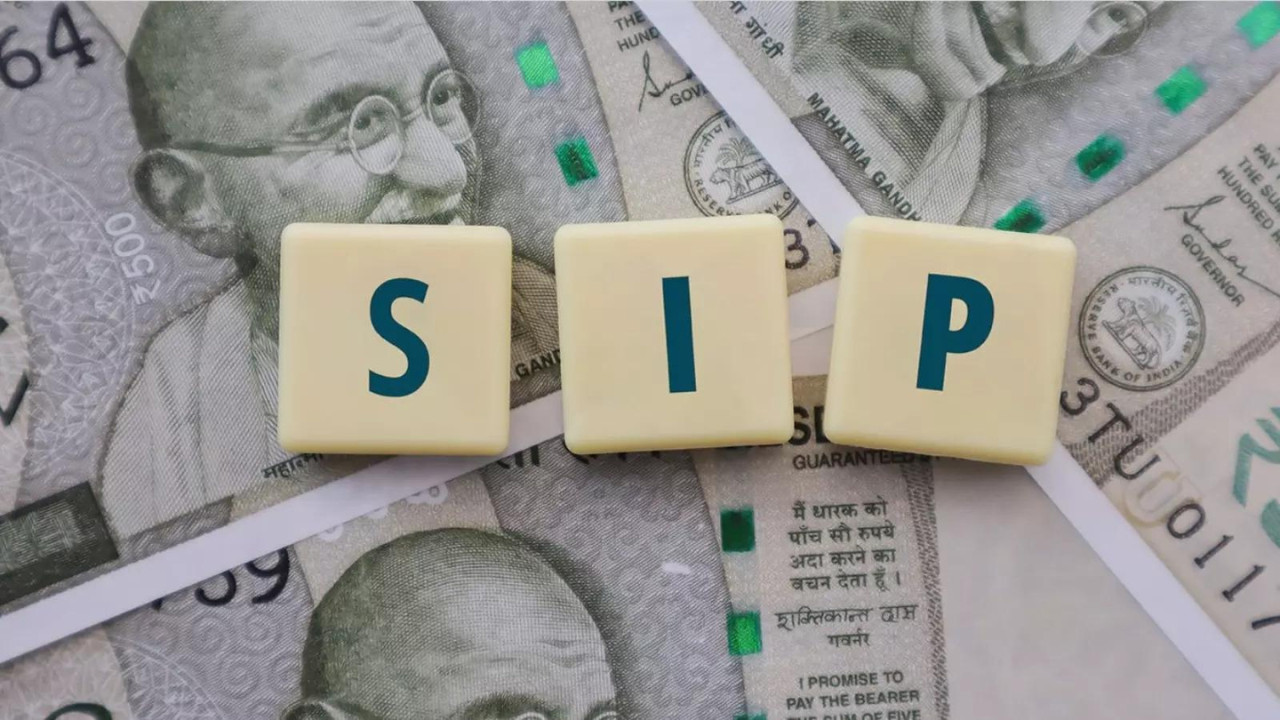In a historic shift, Germany has overtaken Japan as the world’s leading creditor nation after 34 years, despite Japan’s record ¥533.05 trillion in net external assets. Germany’s substantial current account surplus, driven by strong trade, propelled it to the top with ¥569.7 trillion.
Shifting Sands: Germany Overtakes Japan as the World’s Biggest Lender – What Does It All Mean?
For over three decades, Japan has held the title of the world’s largest creditor nation, a symbol of its economic prowess and a testament to its massive savings. Think of it as the financial equivalent of holding the heavyweight championship belt. But just like in boxing, titles can change hands, and this year, the belt has been passed on. Germany, fueled by its own export success and strategic investments, has officially dethroned Japan, marking a significant shift in the global economic landscape.
Now, if you’re anything like me, the phrase “largest creditor nation” might conjure up images of Scrooge McDuck swimming in a vault of gold. But it’s a bit more complex than that. Essentially, it means a country has loaned out more money to the rest of the world than it owes. It’s a reflection of a nation’s accumulated wealth, built through trade surpluses (selling more than you buy) and shrewd international investments.
Japan’s reign at the top was a long and impressive one, built on the back of its post-war economic miracle. Their commitment to saving, combined with a powerful export engine focusing on manufacturing giants like Toyota and Sony, allowed them to accumulate vast amounts of capital, which they then reinvested globally. Think of it as a national piggy bank that kept overflowing.
But economies are dynamic, ever-evolving things. Japan, in recent years, has faced significant headwinds. An aging population, coupled with sluggish domestic demand, has put a strain on their economic growth. They’ve also battled deflation for years, making investment less attractive. While their export sector remains strong, it hasn’t been enough to offset these challenges. They’re also seeing increased government debt, further complicating the picture. The long-term effect of these factors has slowly started to eat away at their net creditor position.
Germany, on the other hand, has been quietly but steadily gaining ground. As the economic powerhouse of Europe, they’ve benefited immensely from the strength of the Eurozone and their own prowess in sectors like automotive engineering, machinery, and chemicals. German manufacturing is renowned for its precision and quality, allowing them to consistently generate large trade surpluses. This surplus cash has then been invested abroad, building up their net creditor position.
Furthermore, Germany’s fiscal policies, while sometimes criticized for being overly cautious, have contributed to their financial stability. They’ve generally maintained a tight grip on government spending, keeping debt levels relatively under control compared to some of their European neighbors.
So, what does this change of guard really mean?
Firstly, it underscores the shifting economic power dynamics in the world. While Japan remains a major player, Germany’s rise reflects the ongoing strength and resilience of the European economy, particularly in the face of global challenges. It’s a reminder that economic dominance isn’t static; it’s a constant race, with nations vying for position based on innovation, trade, and financial management.
Secondly, it highlights the importance of adaptability and innovation. Japan’s success in the past was largely built on manufacturing prowess. While that sector remains vital, they need to continue to adapt to new technologies and global trends to regain their competitive edge. This means embracing digitalization, fostering entrepreneurship, and addressing their demographic challenges.
For Germany, the challenge now is to maintain its position and avoid complacency. They need to continue to invest in innovation, address their own demographic challenges (an aging population is a concern there too), and ensure their economic growth benefits all segments of society.
Finally, it’s a reminder of the interconnectedness of the global economy. The economic performance of one nation can have ripple effects across the world. Both Japan and Germany play vital roles in global trade and investment, and their economic health is crucial for the overall stability of the international financial system.
This isn’t necessarily a sign of doom for Japan. They still possess a massive amount of wealth and a highly skilled workforce. They are also actively pursuing strategies to revitalize their economy, including investing in new technologies and promoting tourism. The key for Japan is to adapt to the changing global landscape and find new avenues for growth.
Ultimately, the shift in the world’s largest creditor position is more than just a statistical footnote. It’s a symbol of a changing world, a reminder that economic leadership is earned, not guaranteed, and that adaptability and innovation are the keys to long-term success. The economic story of Japan and Germany will continue to be written, with new chapters of challenges and opportunities yet to unfold. It will be interesting to watch what the future holds for both nations.
📬 Stay informed — follow us for more insightful updates!







